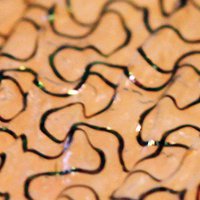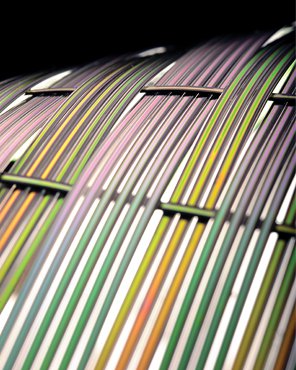Nanotechnology & materials
Zheng Wang
Slowing light to help chips cope with optical data

Global
Baile Zhang
A new type of invisibility cloak made from a common material can work with larger objects <br>

Global
Nanshu Lu
Soft, flexible electronics bond to skin and even organs for better health monitoring

Europe
David Fattal
A revolutionary 3-D display to provide a new look to moving images

Latin America
Nadim Morhell
A new diagnostic tool to measure neonatal blood viscosity
